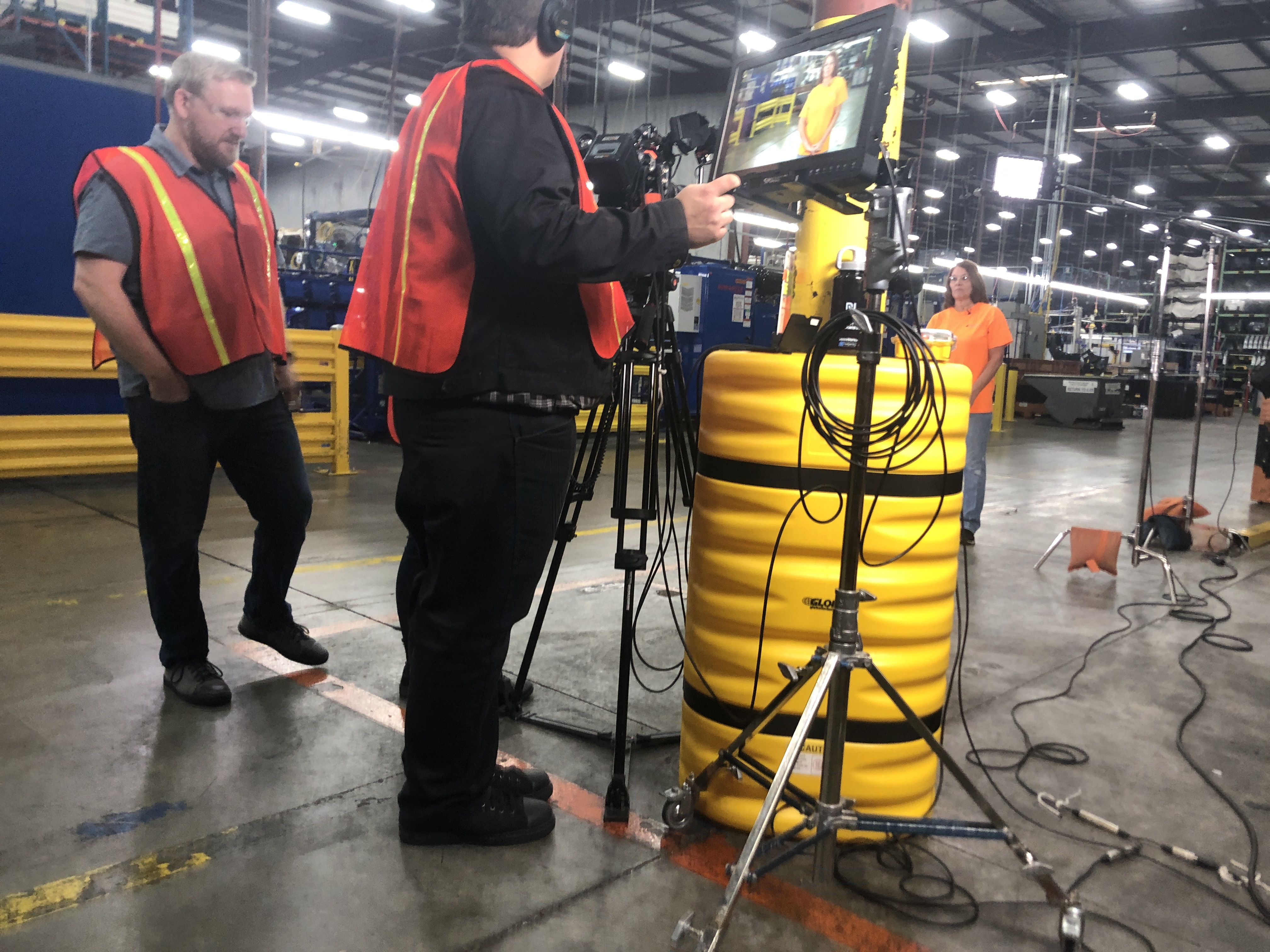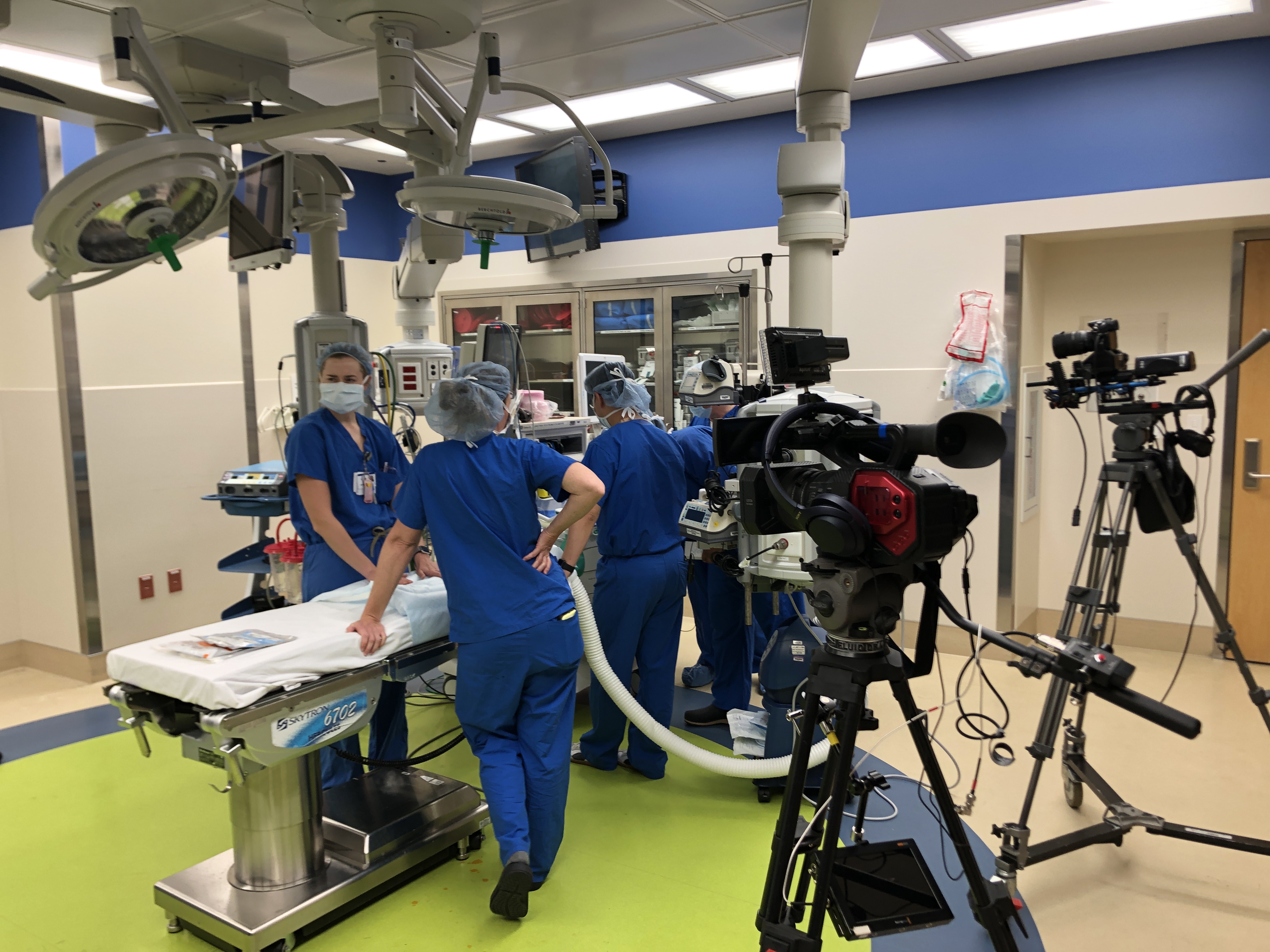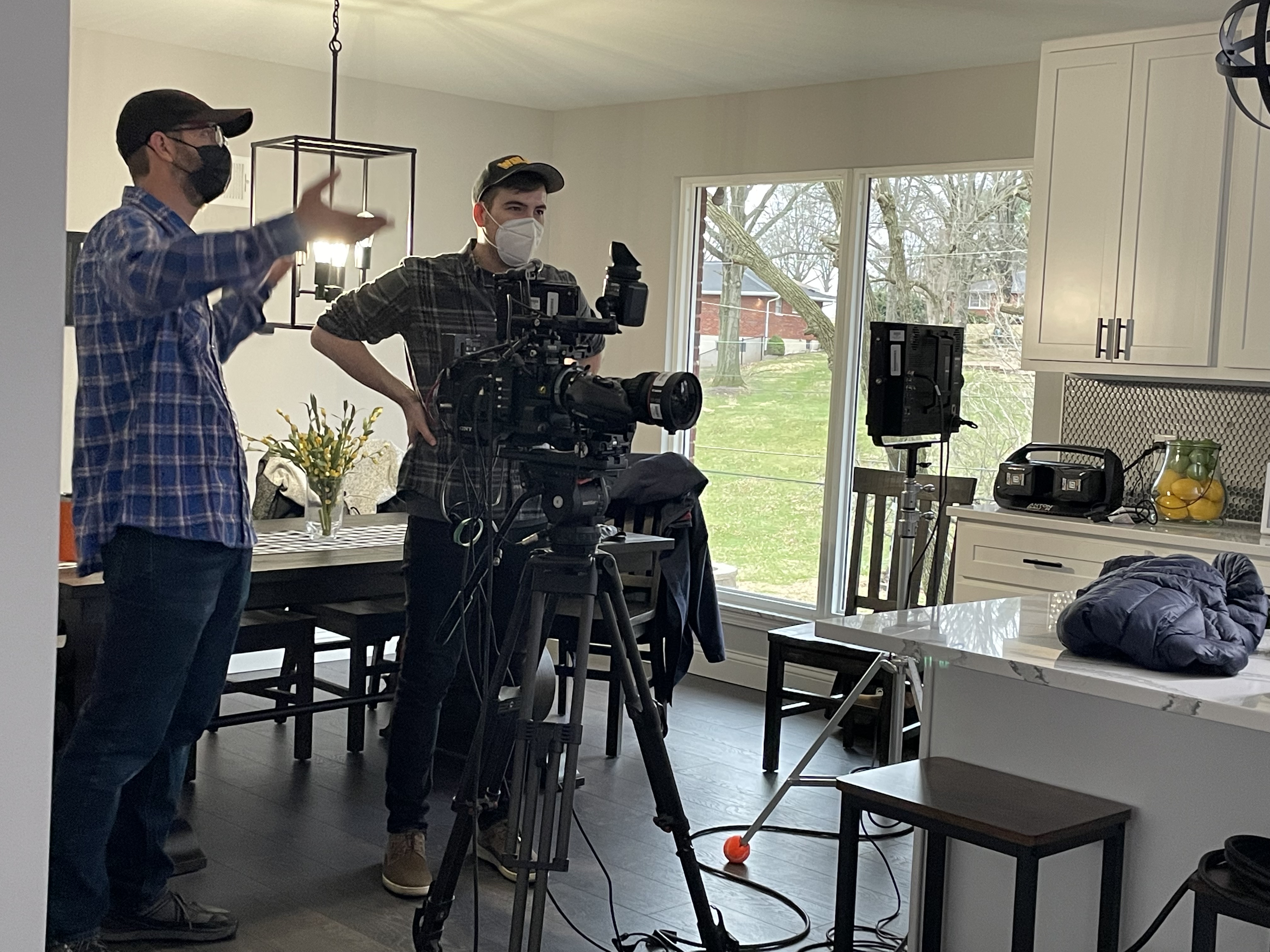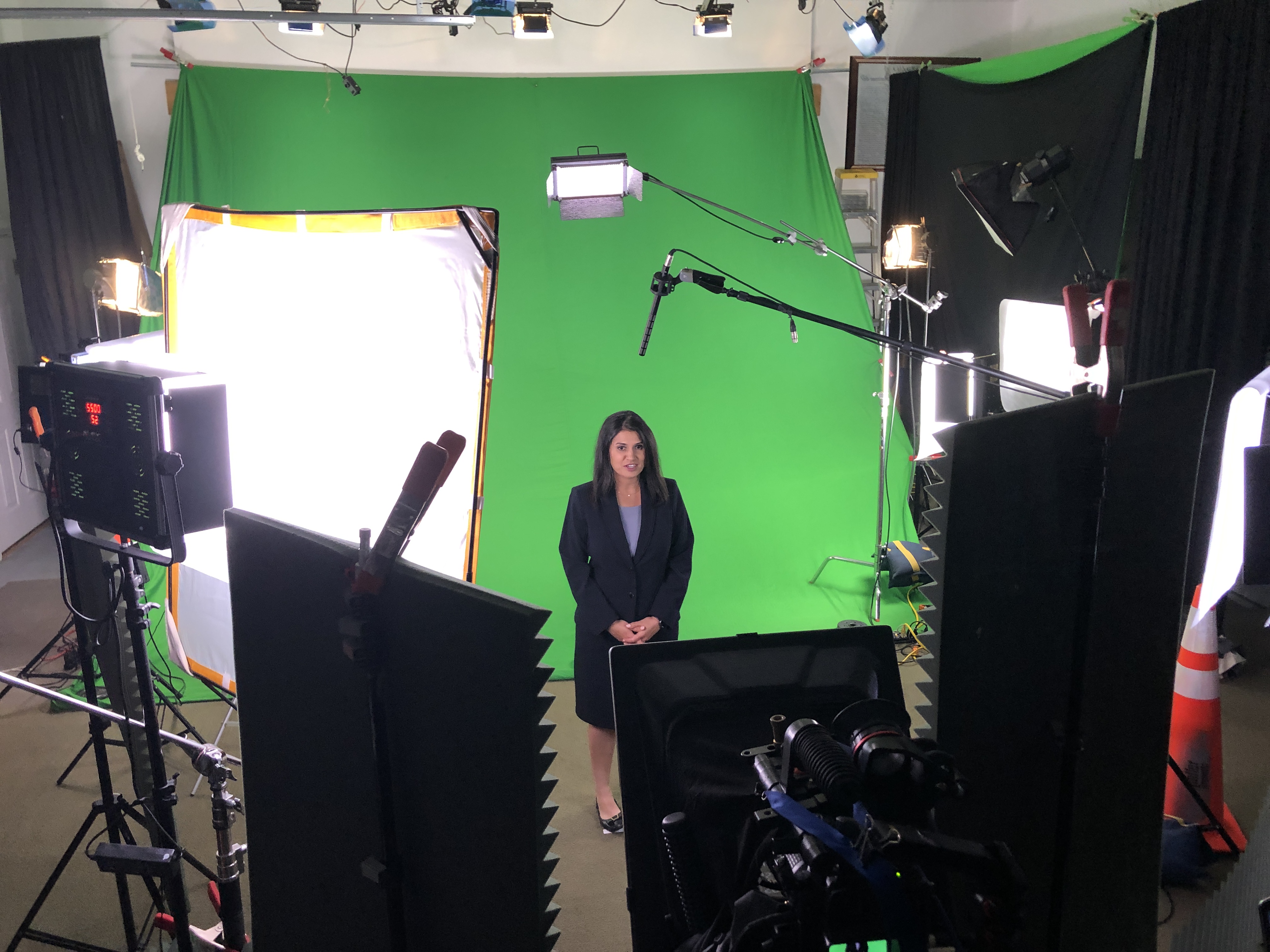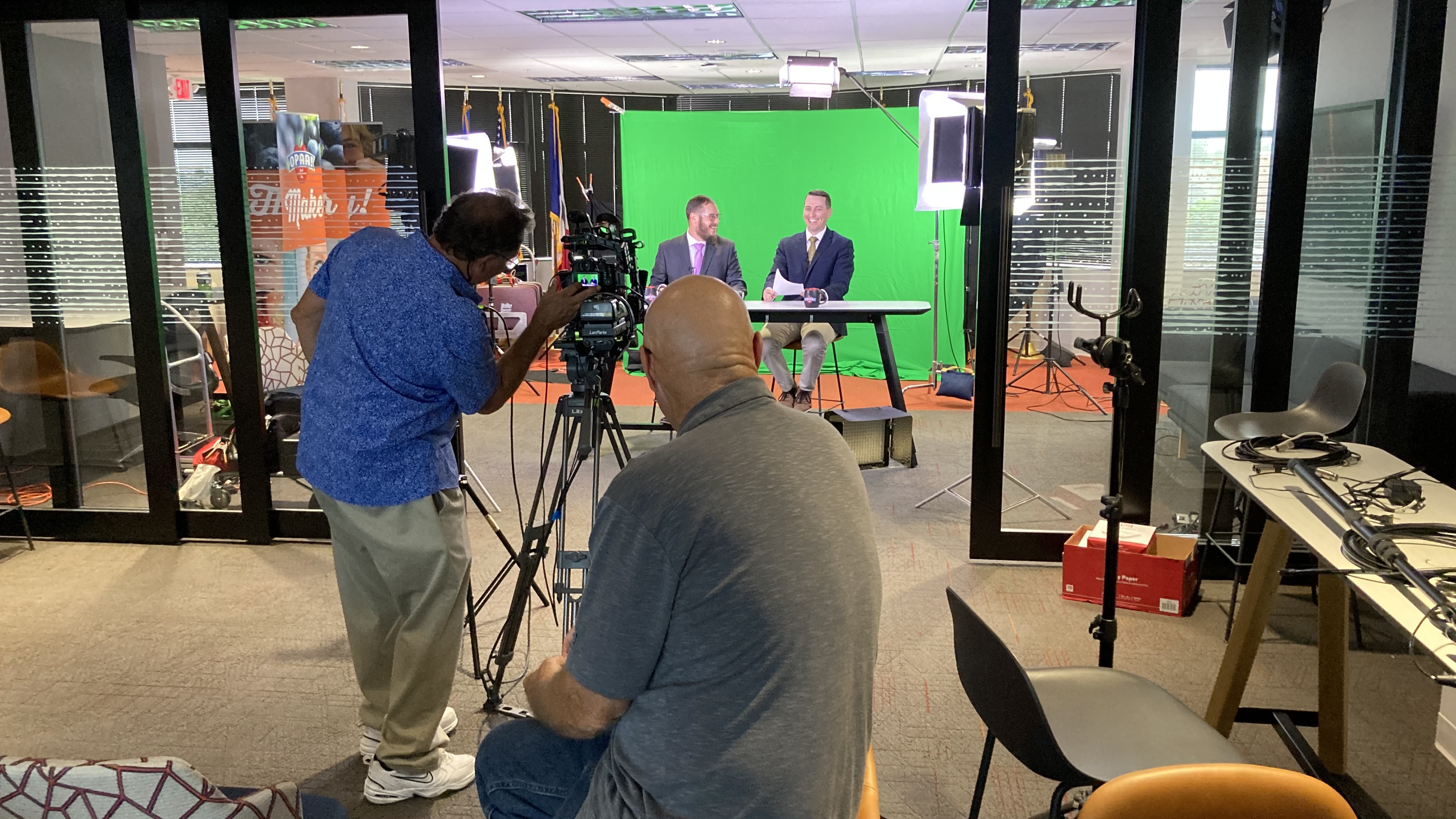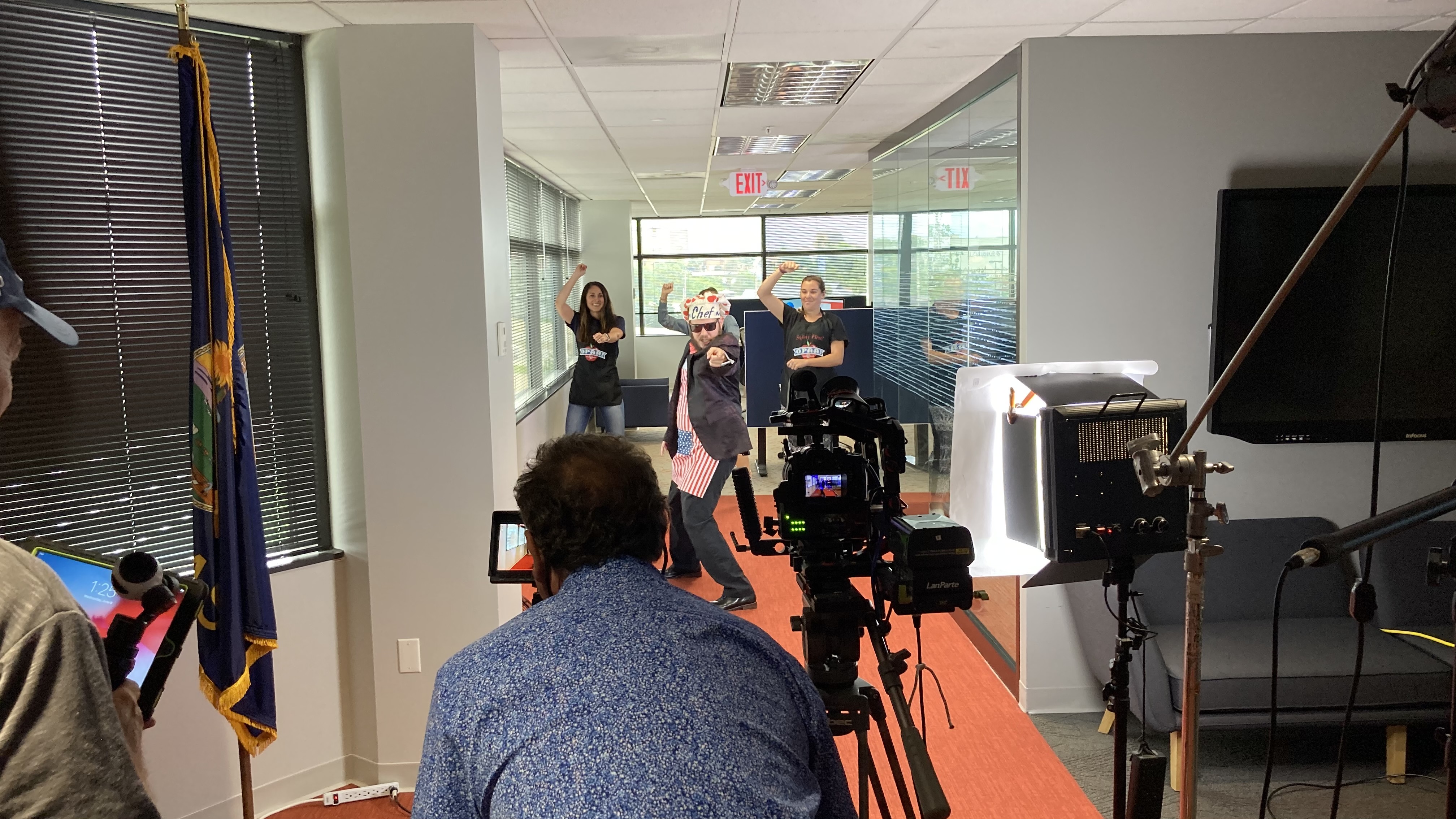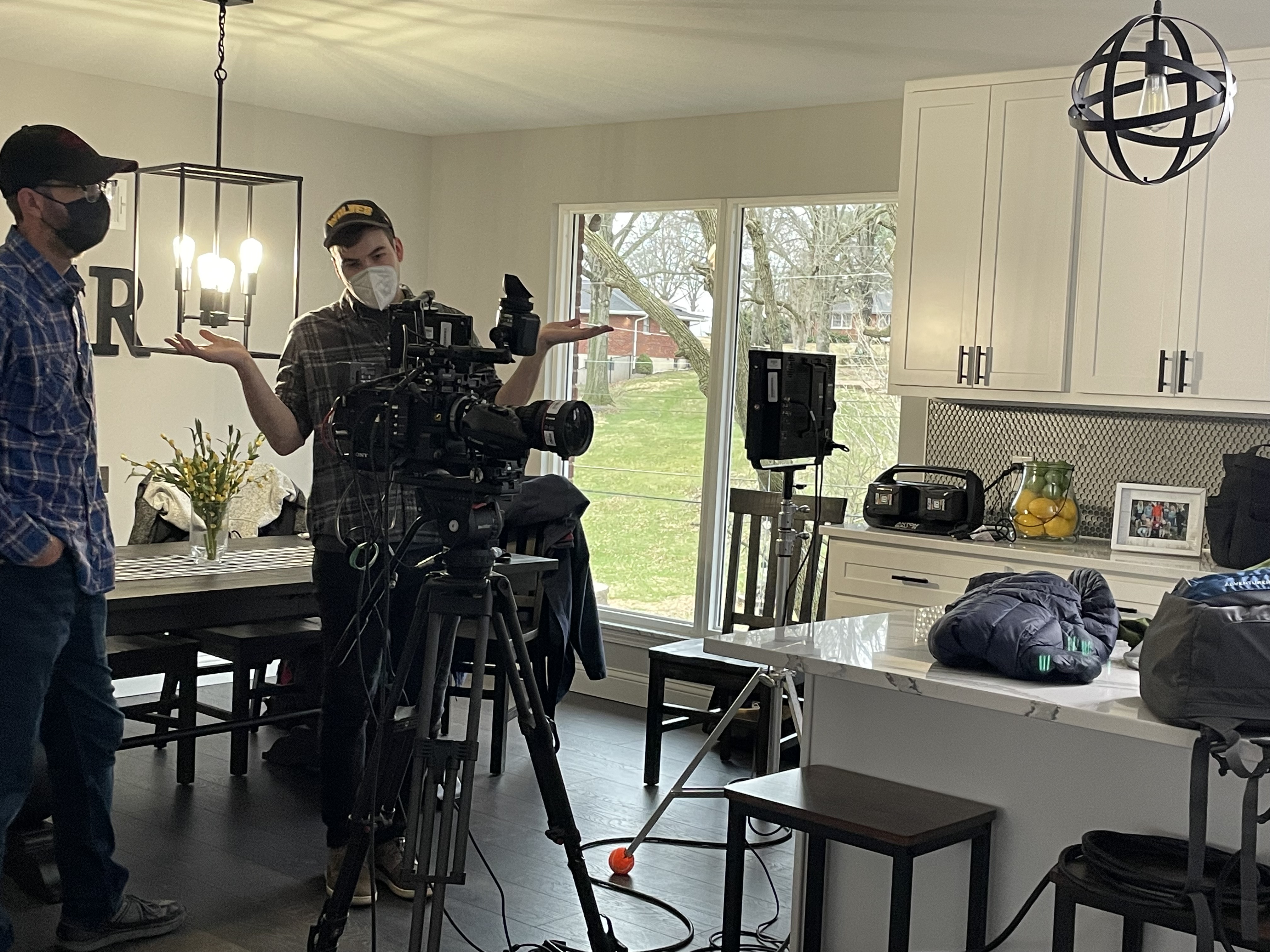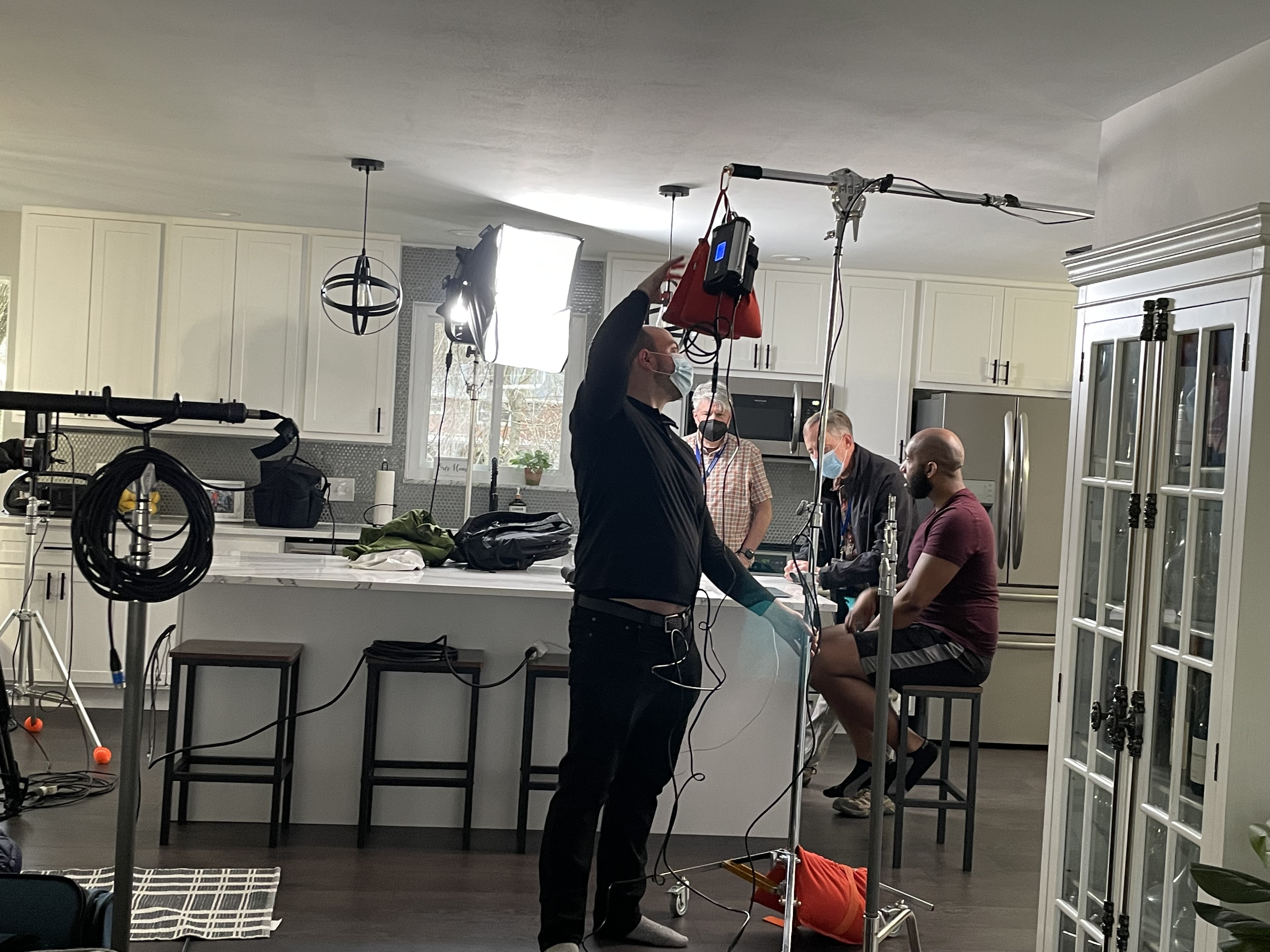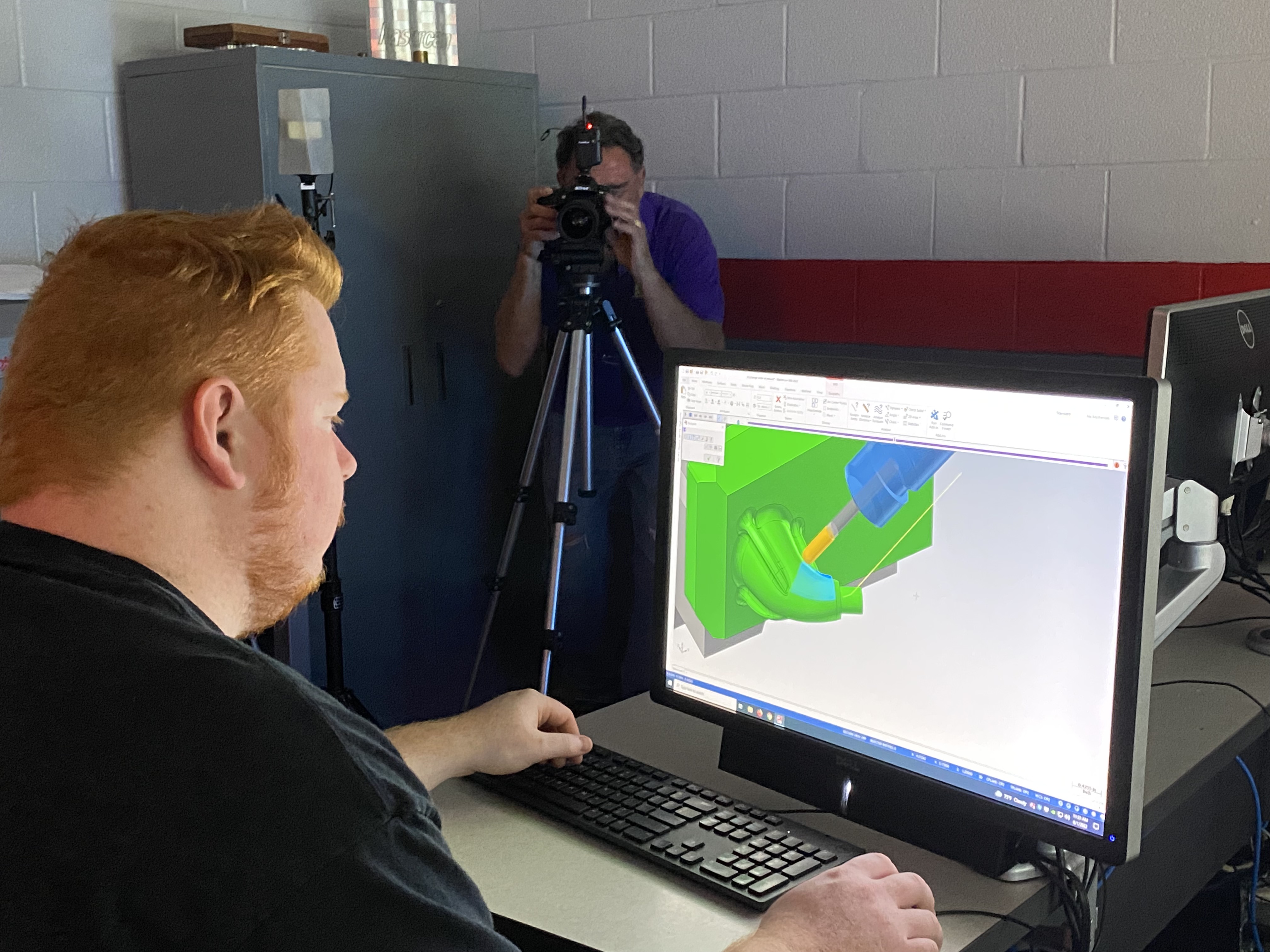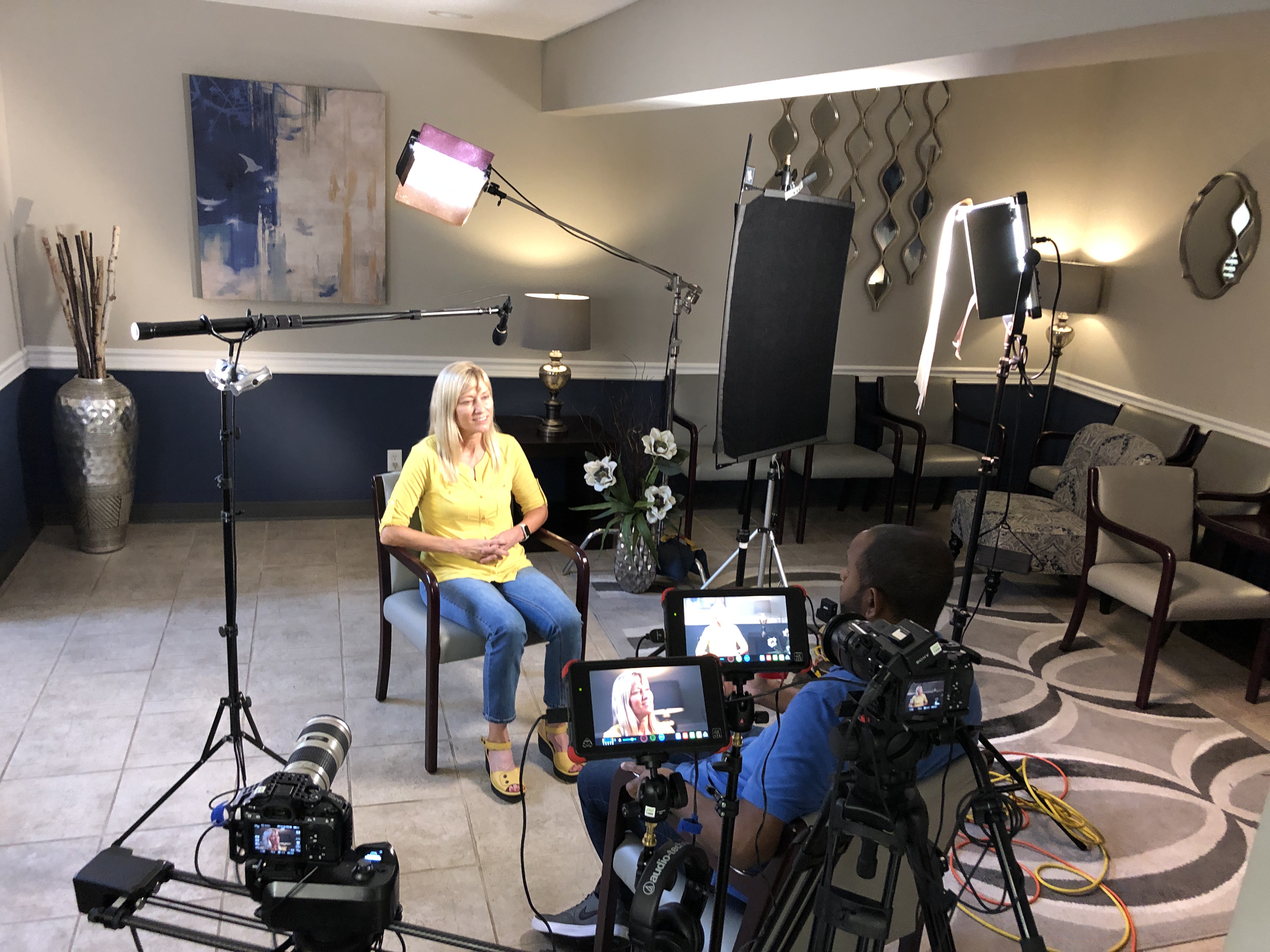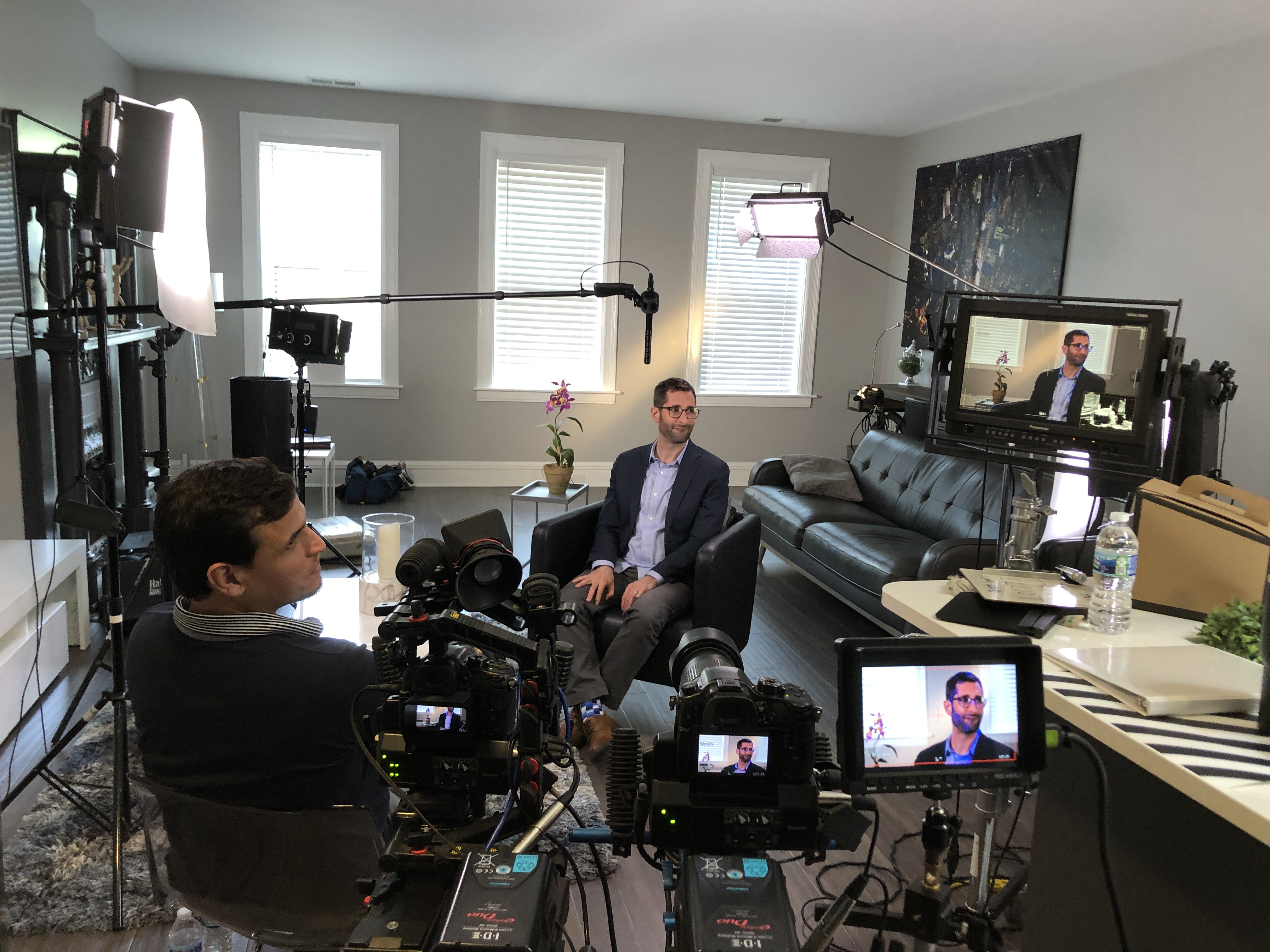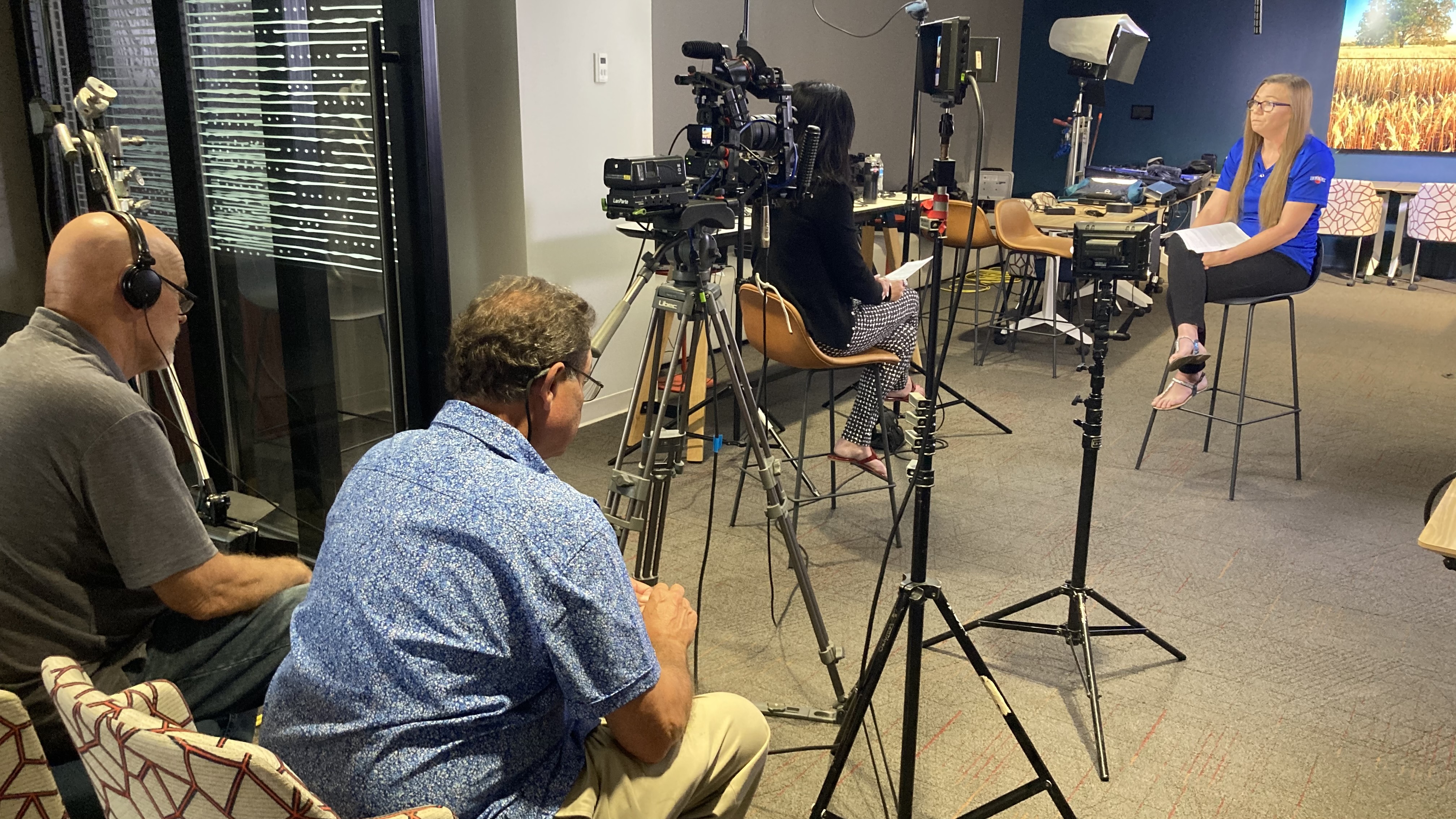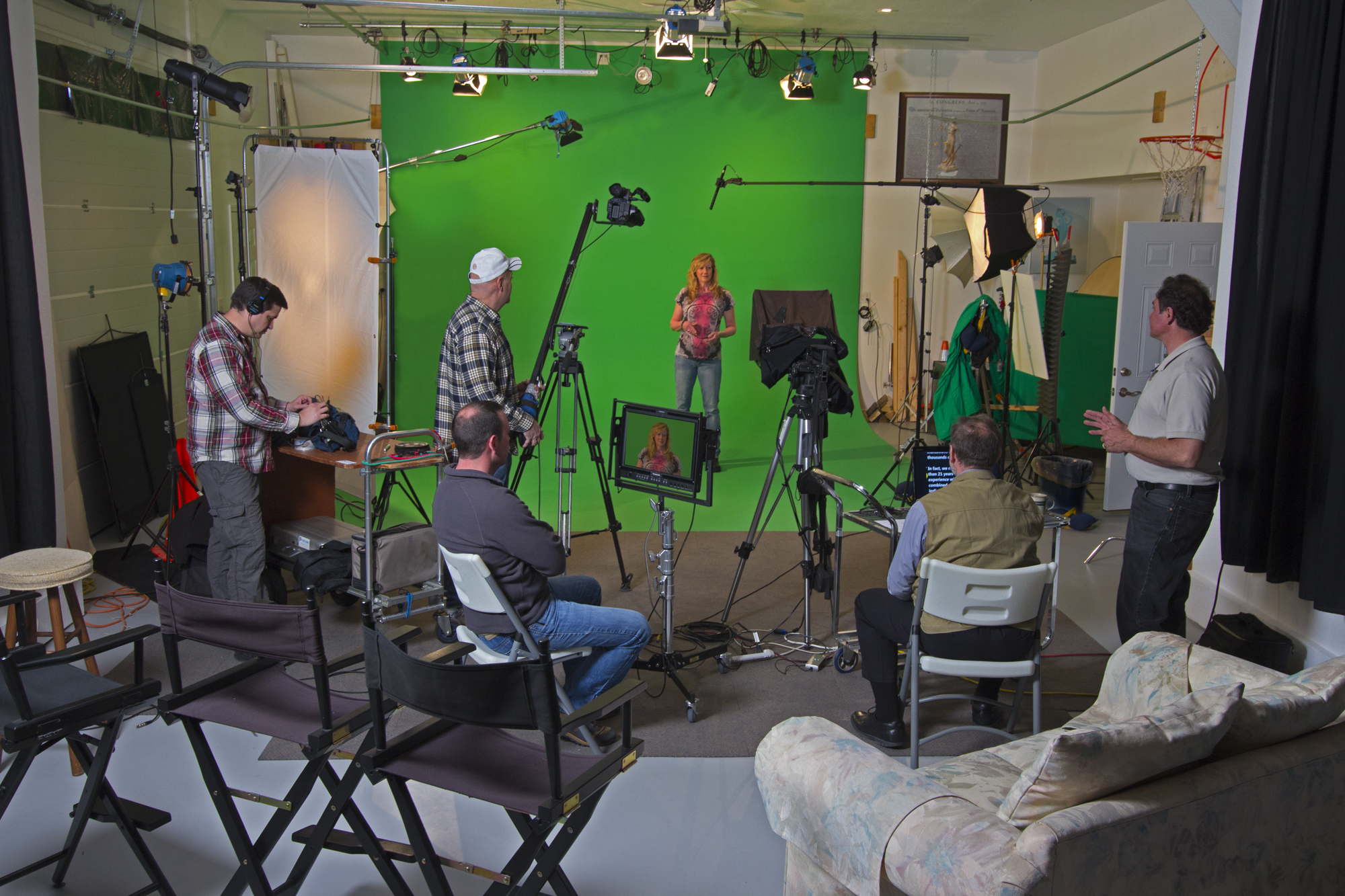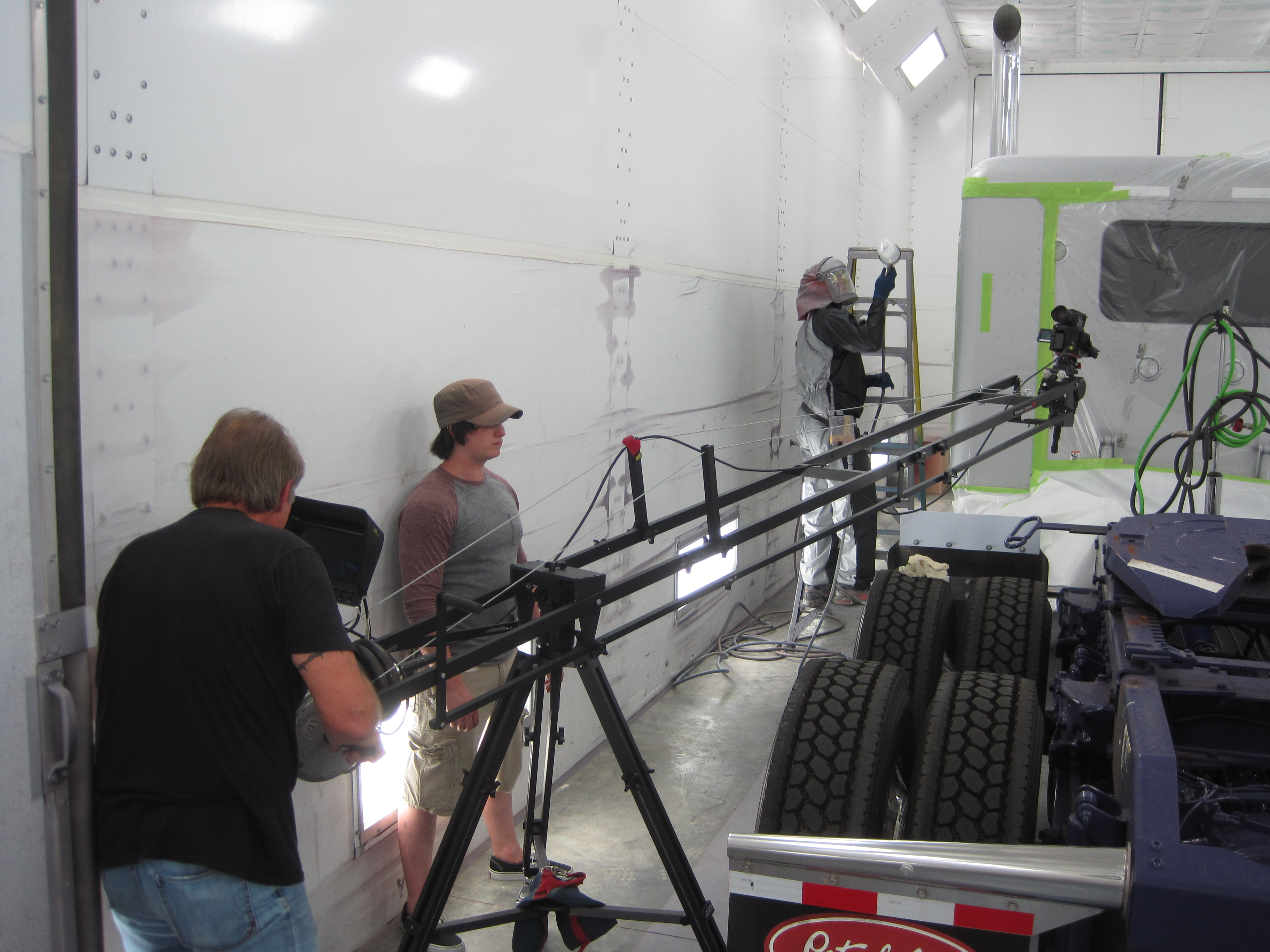Monthly Archives: October 2022
Create videos to satisfy your essential internal training needs designed for today’s workplace.
Your video content should emphasize relevant topics focusing on diversity, equity, inclusion, support wellness, and mental health, all built with the increasingly remote workforce in mind.
There is a growing demand for modern internal training solutions that are accessible and engaging. With the rise of remote workforces, virtual collaboration, and digital transformation, businesses need to optimize their internal training while meeting stringent digital accessibility standards. Training video is a form of media that uses video footage as the primary method of communication. It can focus on anything from how to assemble an appliance to how to operate a piece of machinery in a factory. The goal is to teach people how to do something or give them information they need to perform their job more effectively by explaining it in a way that isn’t possible through text alone.
Why Video is the Ideal Internal Training Solution
Video is a highly engaging medium that can help you boost employee retention, satisfaction and performance. It has been shown to be one of the most effective methods of communicating information on the job. Research shows that when used appropriately, visual aids are more than 10 times more effective than straight verbal communication. Internal video training helps to simplify complex procedures and can also be used as a form of job retention in high-turnover work environments. For example, many companies use video training to help new hires learn about their jobs and the company culture. This helps new employees get up to speed more quickly, become more effective at their jobs and reduces staff turnover. Video also offers a number of other benefits, including being easy to replay and easy to pause, which makes it ideal for training workers on the job who may not have access to a trainer. It allows viewers to review content as many times as they need in order to completely understand the information being presented and remember what they’ve learned. Video also allows the viewer to see the process or operation in motion, which can often be helpful in seeing the steps in a new way. It can also provide a model for others to use as a reference, especially in a work environment.
3 Steps to Creating Internal Video Content
When creating video content for internal training, you can follow these steps: – Identify the need – First, you need to identify the need for internal video training. This is likely tied to a particular business need. For example, if you want to train employees on a new production process, or you want to train them on the latest safety procedures, or you want to address a cultural issue. – Create a script – Once you’ve identified the need, you can create a script. The script should include the goals of the video and who it is targeted at. – Gather video footage – You’ll need to gather video footage to illustrate the points you’re making in the script. The video footage could include video of the actual process or operation you’re discussing.
How to Create Effective Internal Video Content
When creating effective internal video content, you should keep in mind the following: – Create content that focuses on your audience – Internal video training should be focused on your employees, not your customers. The goal is to help your employees do their jobs more effectively. Therefore, it’s important to take into account your employees’ knowledge, skill level and comfort zone when creating the video. – Keep it short – Internal video content should be relatively short. Ideally, the video should be less than 10 minutes long. If you’re creating a series of videos, each one should be between 90 seconds and 3 minutes long. – Use video to inspire action – Internal video training should inspire action. Employees should leave the video knowing what they need to do differently or better. Ideally, they should be excited about implementing the information they’ve learned. – Use video to reinforce existing training – There’s a chance that the employees you’re targeting have already received the information you’re going to present in the video. In this case, you can use the video to reinforce that information.

2 Types of Content for Effective Internal Trainings
– Training content – Training content should focus on helping employees to do their jobs more effectively. It should provide guidance on best practices, correct ways of doing things and common mistakes to avoid. – Cultural content – Cultural content should focus on addressing issues related to the company’s culture. This could include diversity and inclusion topics, wellness programs, mental health support, work-life balance, etc. – Internal training platform – An internal training platform can help you create and manage your internal video library. The platform can also be used to engage employees in the content you’re providing, allowing them to interact with the information in various ways.
Building an effective video library
In order to build an effective video library, you need to consider the following: – Ensure content is accessible – It’s important to ensure that all of the video content you create is accessible. This includes following the appropriate accessibility guidelines when creating the video and using the right tools to distribute the video. – Create video content – You need to create the video content. Ideally, you should have different employees create the video content to ensure that it reflects a variety of voices and perspectives. – Add metadata – You should add metadata to the video content to make it easy for employees to find it. You can add metadata to the video through the internal training platform you use to manage the content. – Create playlists – You should create playlists out of the video content to make it easy for employees to find the information they need.
Create a better bottom line with training videos
The modern workplace is remote, digital and diverse. There is a growing demand for modern internal training solutions that are accessible and engaging. Video content can be used to address a variety of internal topics, including diversity, equity, inclusion, support wellness, and mental health. Internal video content can help employees to do their jobs more effectively and inspire them to improve their performance. It can also be used to address cultural issues such as diversity and inclusion, mental health and work-life balance by reinforcing the company’s support of these initiatives. Successful video relies on strong scriptwriting and visuals. It can also be used to address a variety of topics, including cultural issues, performance improvement and best practices. And, when managed properly, an internal video library can create a more engaged and collaborative culture.
Robert Haller, 314-604-6544 videoproductionssaintlouis@gmail.com
























